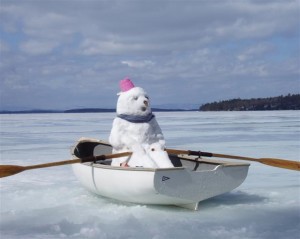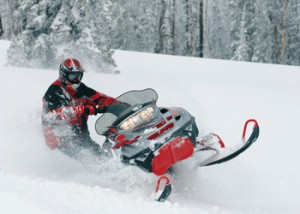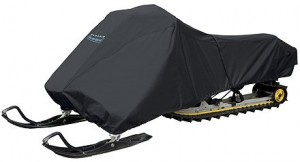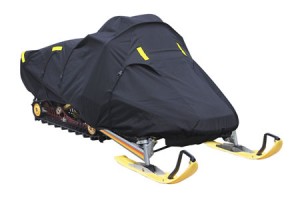Preparing for the First Snow
 I always get excited when winter comes around and it starts to snow, because it means that it’s finally that time again where I can take my snowmobile out and about. Considering there’s so much time between winters, I always want to make sure that my snowmobile is in tip-top condition when the first snowfall occurs each year.
I always get excited when winter comes around and it starts to snow, because it means that it’s finally that time again where I can take my snowmobile out and about. Considering there’s so much time between winters, I always want to make sure that my snowmobile is in tip-top condition when the first snowfall occurs each year.
Typically in the autumn, so that I don’t have to think about it once it actually snows, I start stocking up on the supplies I need for my snowmobile. I get everything I need to clean and maintain it such as snowmobile oil and everything like that. By the time winter rolls around, I’m already completely prepared to take my snowmobile out in the snow!




